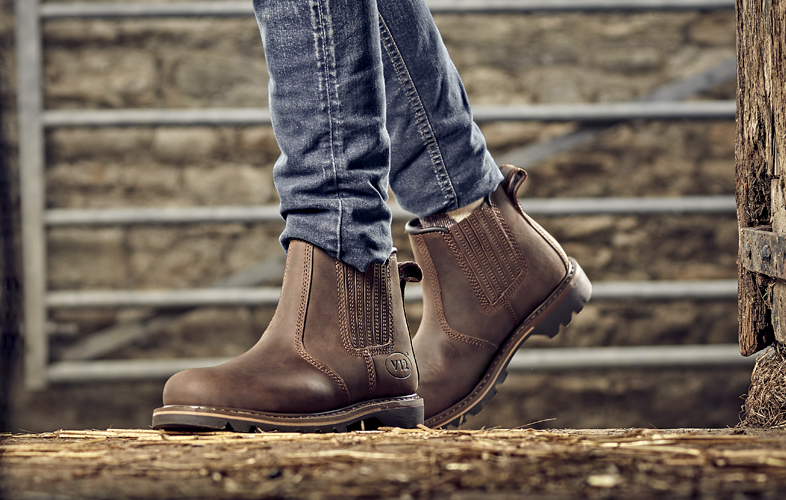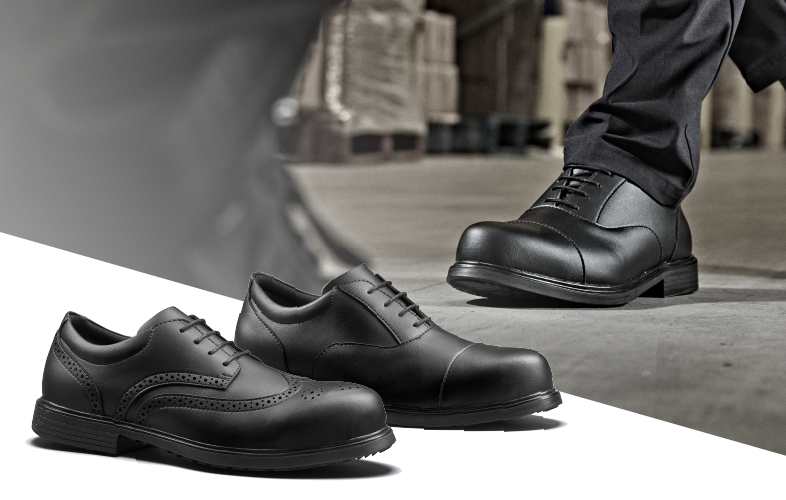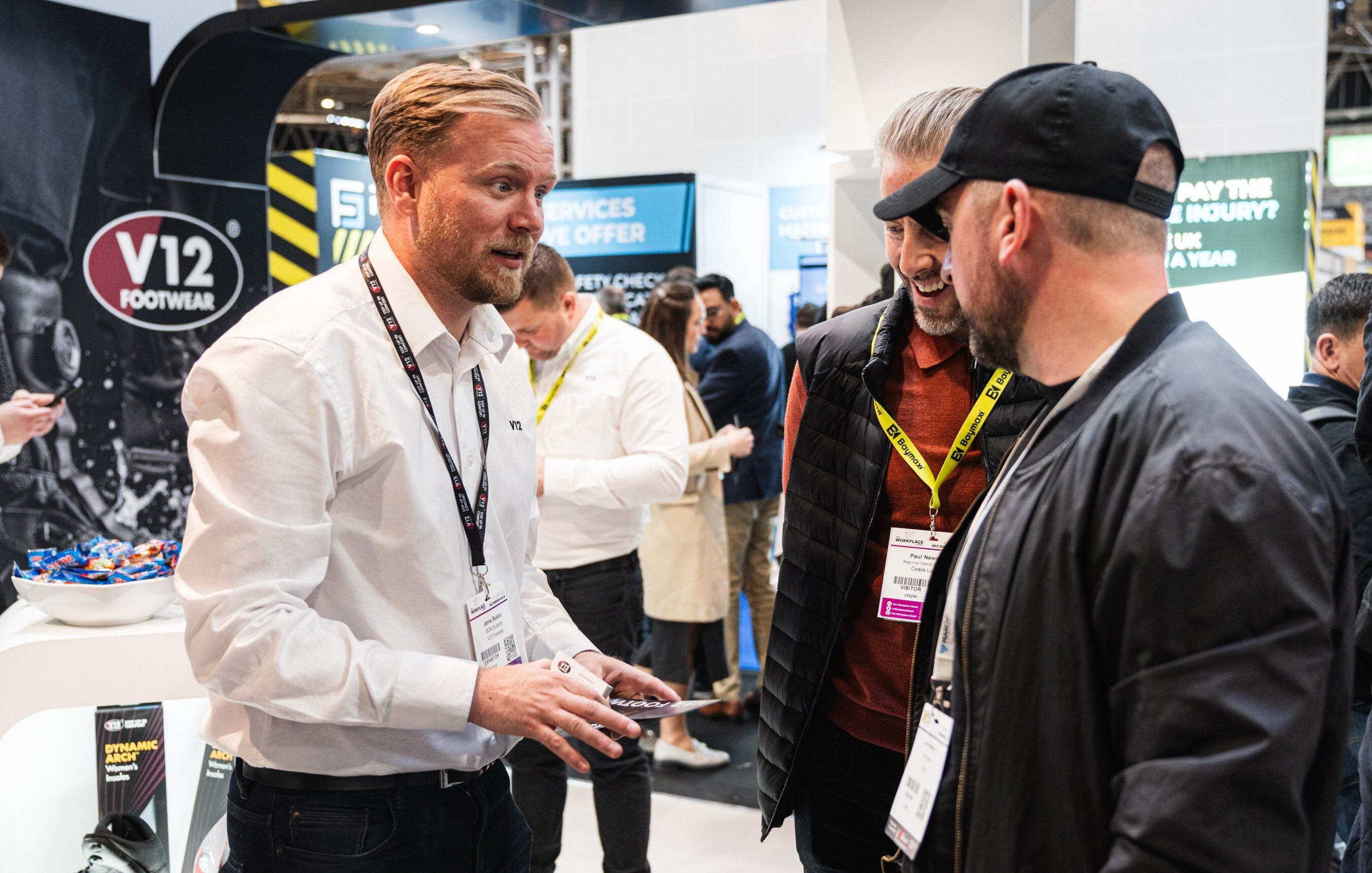With their combination of strength, style and sophistication, dealer boots have become an iconic and trusted safety footwear choice over the years.
In this blog, we illustrate in what environments they perform and protect best, and in doing so, we might just help you decide whether you need a pair of dealer boots for your role. Finally, we’ll illustrate that while the trusty dealer is something of a farmer’s favourite, it can also protect and support wearers from a lot of industries outside agri circles.
But first, let’s go back in time and learn where dealer boots come from – and why they seem to go by several different names...
THE BIRTH OF THE DEALER
It was Queen Victoria’s shoemaker, J. Sparkes Hall who designed the dealer boot in the mid-19th-Century, after the Queen requested a pair of boots be made for her to wear while riding. She asked Hall to design the boots without laces, so they wouldn’t snag in her stirrups and so the boots could be slipped on and off with ease.
At this point, they became known as ‘Paddock boots,’ because they were seen and used around stables, as they were exclusively horse-riding boots. The boots’ popularity then spread from the palace’s rural circles out into the wider agricultural community, and so their popularity for farmers began.
The Chelsea Boot
Essentially the same style as the dealer (a non-lace boot with an elastic side) the Chelsea boot got its name from their popularity on King’s Road in (you’ve guessed it) Chelsea. This was a highly fashionable area of London in the fifties and sixties, and many bohemians, mods and celebrities were seen wearing them, which made them an instantly popular and sought after style. But as you can imagine, celebrities like the Beatles and The Rolling Stones who wore Chelsea boots tended not to need toecaps and underfoot protection, so Chelsea boots and dealers, while still being almost identical in style, split in terms of their application. Dealers became a more traditional work boot, whereas the black Chelsea boot remains more of a fashion item.
Anyway, history lesson over - let’s talk hazards not high streets.
WHY WEAR SAFETY DEALER BOOTS?
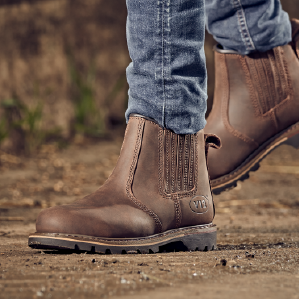 For so many farmers, the dealer boot’s longstanding tradition and popularity has made it almost part of the uniform, along with the body warmer, jeans and chequered shirt. Added to this, because there is an assumption that farmers favour dealer boots, a lot of agricultural stores will stock them, so when farmers go there for supplies, they’ll tend to keep buying them.
For so many farmers, the dealer boot’s longstanding tradition and popularity has made it almost part of the uniform, along with the body warmer, jeans and chequered shirt. Added to this, because there is an assumption that farmers favour dealer boots, a lot of agricultural stores will stock them, so when farmers go there for supplies, they’ll tend to keep buying them.
But the reason these boots are such an established part of the farmer’s outfit is not just about tradition and look. It’s about having the right footwear to meet the hazards and demands of the environment.
Furthermore, as we’ll explain later, the dealer isn’t just trusted by those in the agricultural industry. This style has got what it takes to keep people safe across a huge range of environments and challenging conditions.
THE BENEFITS OF NO LACES
Reducing snags and trips
If you work in an environment where there are trip hazards such as materials and equipment at foot height or if you operate a vehicle, a dealer’s no lace construction immediately eliminates the risk of laces snagging or getting caught in machinery, which can cause the all-too-common trips and falls we hear and read about so often.
Reducing spark and fire risks
As we’ve already mentioned, dealers aren’t just for farmers. In fact, many who work in mechanics, steel works or in welding roles rely on dealers to give them added protection. Firstly, the slip-on dealer means if work being carried out creates sparks, there are no laces present to catch fire. Secondly, if weld splatter does end up getting inside the boot, the dealer is easy to remove and reduces the chance of a painful injury. (more on this later)
PROTECTING THE FEET
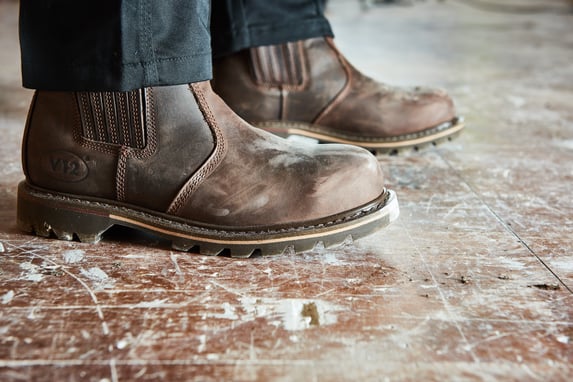 If you’re working in an environment where there’s a danger of the foot being crushed by heavy objects, machinery or equipment, a safety dealer’s toecap will keep you protected. If you’re working around livestock, a toecap also protects the foot from being crushed by animals.
If you’re working in an environment where there’s a danger of the foot being crushed by heavy objects, machinery or equipment, a safety dealer’s toecap will keep you protected. If you’re working around livestock, a toecap also protects the foot from being crushed by animals.
Many from agri circles also argue that because a dealer is a slip on boot, the foot can be removed more quickly from the footwear in the event of such an accident occurring.
Additionally, if your environment features sharp items lying around such as nails or screws, or you work on jagged or rough terrain, you need a dealer like our Stampede which protects the underfoot from being cut or pierced with an anti-penetration midsole.
If your job role involves working around or exposure to corrosive contaminants such as chemicals and manure, a dealer with the right sole can offer effective protection to extend the life of the boot. V12’s best selling dealer Rawhide (pictured) has an oil, acid, alkali and hydrocarbon–resistant sole for just this reason.
Finally, if you’re working on rugged, loose or uneven terrain, a dealer boot with a specialised sole can offer much needed stability and protection from a slip or fall. Take V12’s Stallion dealer boot – it's been made with a non-clogging tread designed specifically to grip and engage with uneven and unpredictable natural surfaces like soil and rock to ensure maximum safety.
EASE
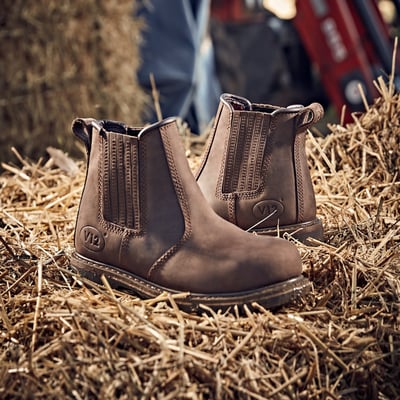 Another reason for the dealer boot's enduring popularity is their easy pull on-and-off benefit. Builders, farmers, tradespeople are all busy, and time is a precious commodity, so the ability to slip off and pull on boots is a valuable time-saver. While this could pay dividends if a farmer is nipping across to the farmhouse for lunch, when you consider that not all safety-related work is solely done outside, this has bigger benefits. More indoor roles for example in farming such as estate management, farming retail and agricultural administration work involve moving between indoors and out, so the elastic sides and ‘no laces, no-hassle' element pays big dividends if separate footwear is needed to keep floors and carpets clean.
Another reason for the dealer boot's enduring popularity is their easy pull on-and-off benefit. Builders, farmers, tradespeople are all busy, and time is a precious commodity, so the ability to slip off and pull on boots is a valuable time-saver. While this could pay dividends if a farmer is nipping across to the farmhouse for lunch, when you consider that not all safety-related work is solely done outside, this has bigger benefits. More indoor roles for example in farming such as estate management, farming retail and agricultural administration work involve moving between indoors and out, so the elastic sides and ‘no laces, no-hassle' element pays big dividends if separate footwear is needed to keep floors and carpets clean.
Interested in keeping floors clean? Check out our award-winning boot cover MukGuard.
The dealer is also worn by a lot of truck drivers, again often due to convenience. Slipping boots on and off when on a break in a confined cabin space is much easier than crouching or bending down to fiddle around with laces.
DURABILITY
Finally, a good safety boot should be a durable boot. Whether it’s taking sparks or welding splatter, being banged or bumped by heavy machinery, protecting the wearers ankles from sharp crop stubble or being walked thousands of steps a day (14,000 if you’re a farmer, 12,000 if you’re a tradesperson) a dealer can end up taking a proper thrashing. Furthermore, according to HSE statistics, construction and agriculture have higher workplace injuries than all other industries. This is why we build our dealer boots to protect – and to protect long-term.
Take the Rawhide – with its durable, water-resistant upper, dual layer elastic and triple stitched seams, it’s got resilience in every stitch. Want to learn more about this style? Watch below.
And even our non-safety Rancher boot is a tough customer. Its oil, acid, alkali-resistant sole, reinforced pull-on loops, leather side panels and triple-stitched seams make it one of the strongest non-safety dealers on the market.
We’ve mentioned a few of our dealer boots in this piece – now it’s time to meet the rest.

